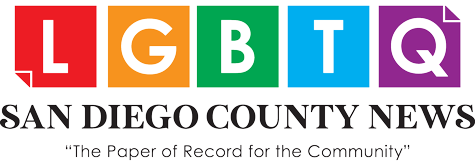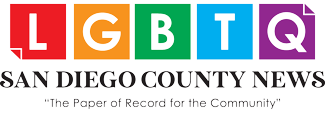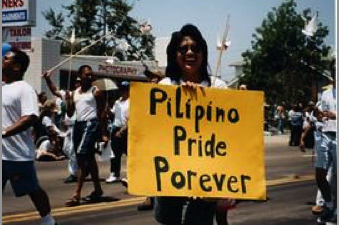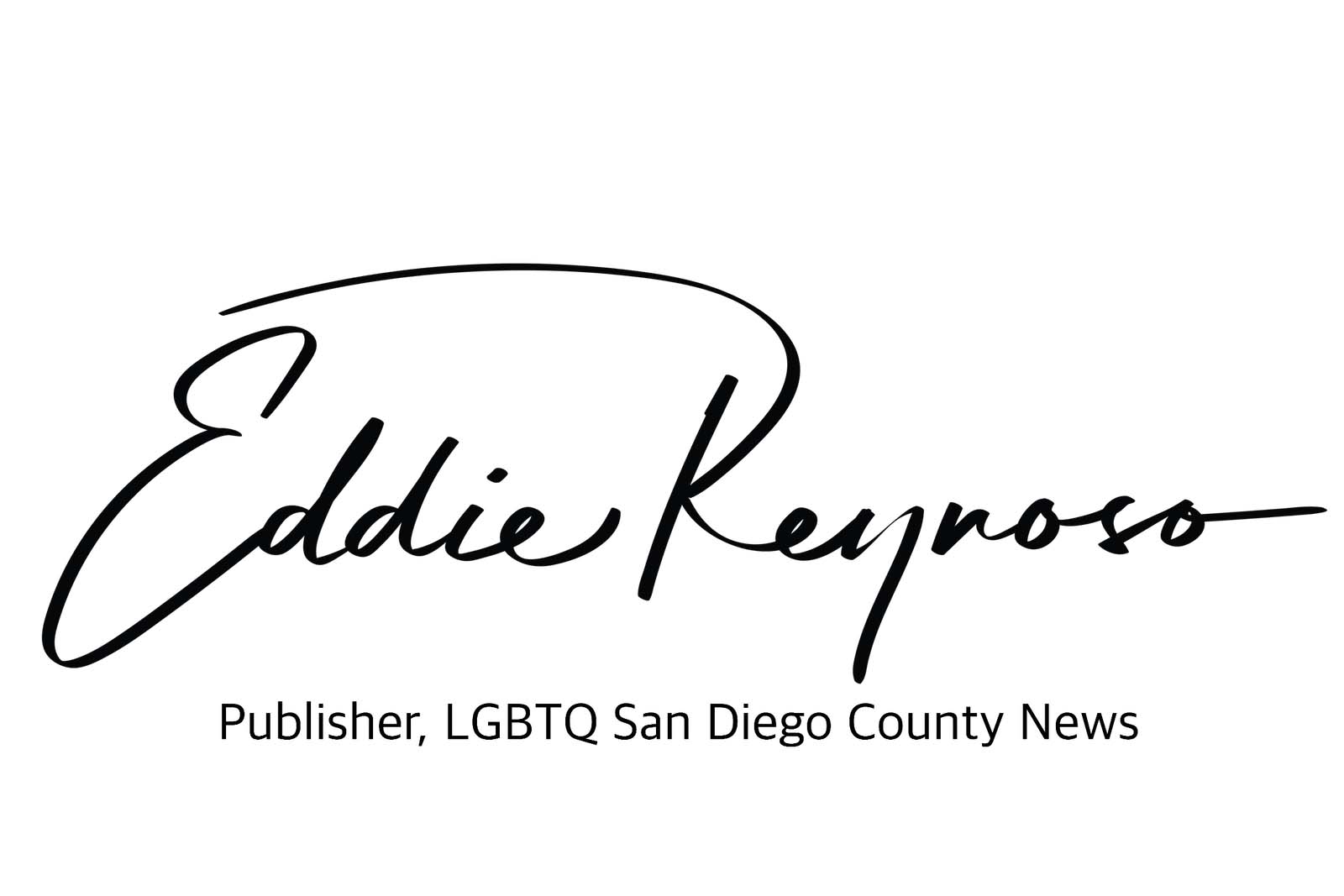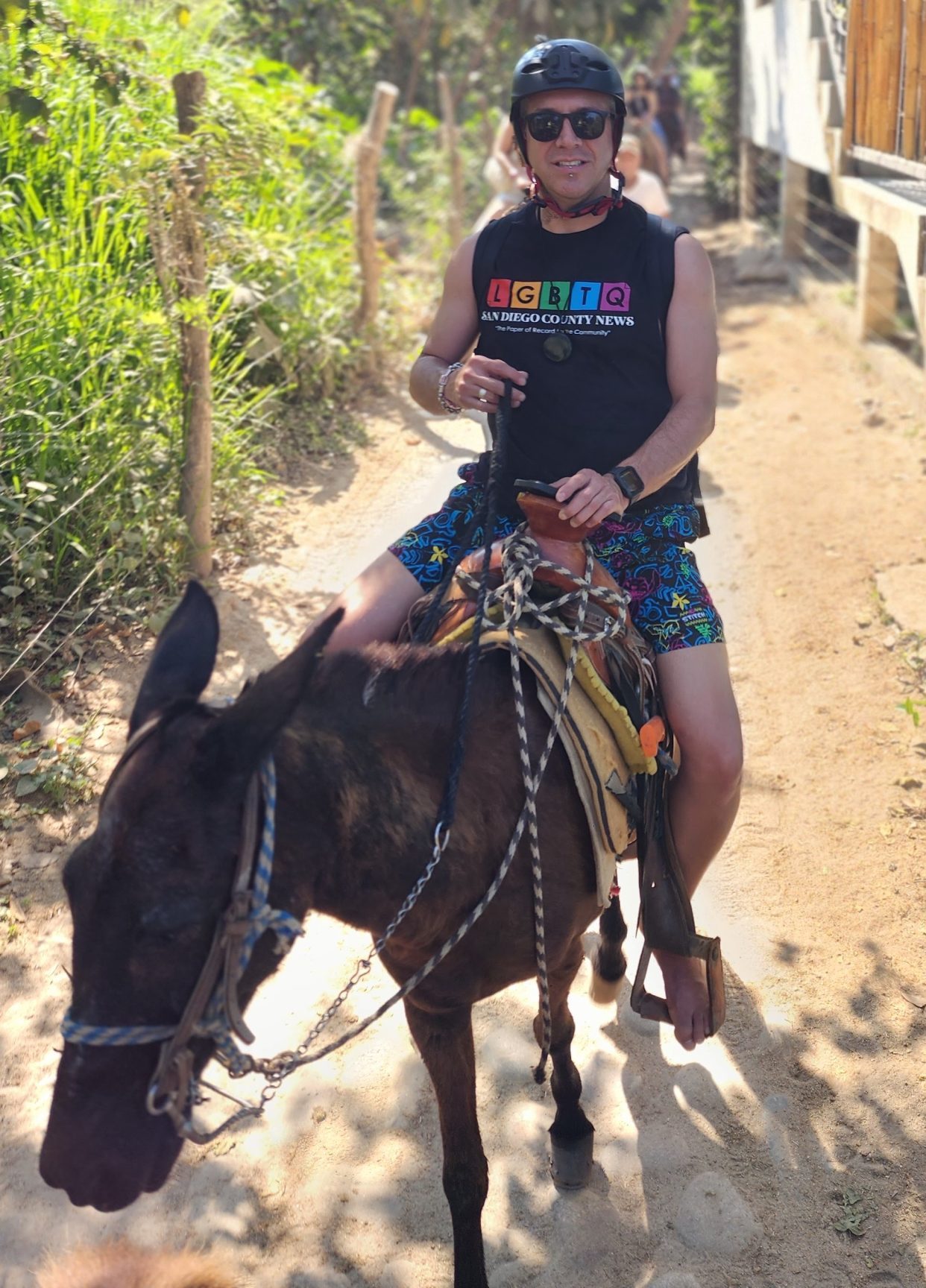This internship has been an interesting experience as post-pandemic protocols have made it entirely remote. This is commonplace today, as technological advancements have enabled varying knowledge institutions alike, to undergo digitization processes which have been fundamental in ensuring the preservation of rare and fragile items, as well as providing expanded access and education.
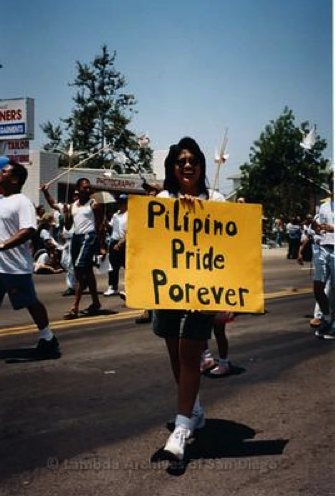
Nowadays, anyone seeking to learn about their culture or a particular community’s history, can look no further than their laptop to conveniently access an archive online, transcending the spatio-temporal barriers of geographic location and operating hours at brick-and-mortar institutions. This is the case at Lambda, as processes of digitizing over 200,000 photos have been underway. So, for those of whom have been itching to visit since the pandemic, you can take full advantage of this through Lambdas Flickr. The capacity of digitization today encompasses every conceivable item that physical institutions hold—flat objects, microfilm, audio, video, negatives; to larger, 3-dimensional, artifacts such as trophies, full-scale statues, and you guessed it—ceramic lions. As these innovations in 3D scanning are becoming standardized globally, this has manifested in the unprecedented accessibility of histories, art, and knowledge today. Digital archives are especially useful for individuals requiring safer ways of access, such as closeted individuals interested in learning about their local community’s LGBTQ history, but do not necessarily feel comfortable navigating the physical spaces.
On top of that, physically visiting these institutions is increasingly more fun and engaging than ever before. The Art in Island Museum of Manila in the Philippines, for example, calls on visitors to be interactive with massive scale 3D paintings that, when photographed at certain angles, produce optical illusions, allowing you to tear a piece of Edvard Munch’s Scream; no longer are you forced to simply dream about slaying Holofernes, you can be there to assist Judith in slaying! While this has globally transformed the way we access knowledge, my time of sifting through digital archives online in hopes of learning about my own community’s history—as a Queer and Transgender Person of Color, has been less than fruitful.
As a diasporic Filipinx immigrant, I was looking forward to what I envisioned as a journey in uncovering a rich history of Philippine culture and its Queer community in San Diego. After all, Filipinos make up the third largest cohort of Asian diasporic communities—19% of the total U.S. Asian population, with San Diego alone accounting for the second largest population of Filipinos. With outward Philippine migration averaging at 1 million annually, more Filipinos are leaving than staying. As a widely dispersed group, with a local presence, I found it puzzling how impossible it was to locate a single digital collection dedicated to my community. If digitization has revolutionized our access to cultural materials and knowledge, how does that benefit someone like me when I can’t find it?
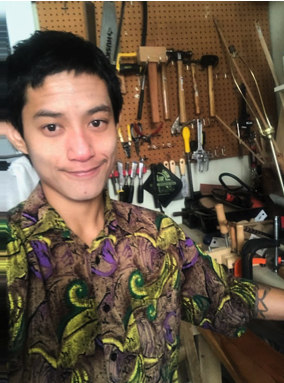
This is not actually the case I learned. In October, one of my assigned tasks was to create a social media post on Filipino-American Heritage Month. I had immediately remembered a funny photo, I was tagged in on Instagram a few years back that I wanted to incorporate, of a Filipinx person holding a sign that read “Pilipino Pride Porever”. Fortunately, I was still tagged and upon locating it, I had noticed the caption credited LASD and was retrieved from our digital collection. This came as a huge surprise, as I had only considered this photo after searches of “Filipino”, “Filipinx”, “Philippines”, and “POC” yielded zero results. Hell, I even went as far as looking up “Pinoy”, “Pinay”, and “AzN” to no avail. Even the generalized “Asian” resulted in a mere two photos. Then I realized the fobby play of letters, the switching of “p” and “f”, and upon searching “Pilipino”, there it was—perhaps my favorite photo I have come across and been able to identify with endearingly as a Queer Filipinx myself.
This prompted a full-blown investigation on the access of minority identity groups. After conducting a series of searches across multiple institutions, alongside a visit at SDSU’s special collections, it became abundantly clear that the problem wasn’t non-existence—collections of “Pilipino Pride Porever” type photos obviously existed. The problem was discoverability. After meticulously navigating in and out of dozens of other local, state, academic, and federal digital institutions, it became evident that the issue surrounding discoverability or findability—was rooted in whiteness. And it is no wonder when thinking about organizations that have specifically mobilized around documentation from Mukurtu, Documenting Ferguson, The Transgender Oral History Project, Black Archives, The Tretter Collection, to Lambda Archives—communities whose histories and memories have been destroyed, silenced, appropriated and overshadowed by the legacies of coloniality that remain pervasive today
As part of a deliverable outcome for my internship, I have decided to create a zine on this. My zine “Dismantling white Supremacy in Archives”, will be available mid-December and touches on archival interventions currently being deployed within community organizations, such as Lambda Archives, whose mission to uplift, preserve, collect, and share the underrepresented histories of our LGBTQIA community—requires addressing the systemic and epistemic impact of colonization.

